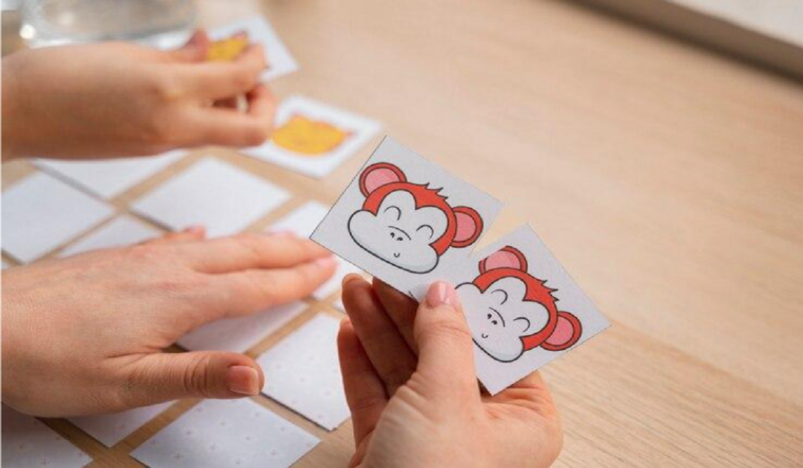
pixabay
Removing custom die cut stickers can be a meticulous process, particularly when they've been firmly adhered for an extended period. Whether you're seeking to replace them, reposition them, or simply tidy up the surface beneath, having the appropriate tools and employing effective techniques is paramount. Here's a comprehensive guide outlining the indispensable essentials for successfully removing custom stickers.
Applying heat serves as the initial step in the sticker removal process. A heat gun or a hair dryer set to its highest temperature setting can effectively soften the adhesive, facilitating the peeling off of custom die cut stickers without causing damage or leaving behind residue.
For persistent adhesive residue that lingers post-sticker removal, an adhesive remover becomes indispensable. Opt for a solvent-based remover specifically formulated for sticker removal to ensure it efficiently dissolves the adhesive without causing harm to the underlying surface.
A razor blade provides a precise tool for delicately scraping off any remnants of the sticker or adhesive residue. Exercise caution to prevent scratching or harming the surface, especially when dealing with delicate materials like glass or plastic.
Similar to a razor blade, a plastic scraper offers a safer alternative for scraping off custom die cut stickers and adhesive residue without risking surface damage. Its plastic construction minimizes the likelihood of scratches, making it suitable for use on various surfaces.
Rubbing alcohol serves as an effective agent for breaking down sticker adhesive and eliminating residue. Apply it to a clean cloth and rub it onto the sticker or adhesive until it dissolves, then wipe away the residue with another clean cloth to reveal a spotless surface.
Goo Gone, a commercial adhesive remover, proves particularly efficacious for tackling stubborn sticker residue. Apply it directly to the sticker or residue, allow it to sit for a few minutes to penetrate then wipe it away with a cloth for a pristine finish.
A microfiber cloth emerges as the ideal tool for wiping away adhesive residue and cleaning the surface post-sticker removal. Its soft texture minimizes the risk of scratches and ensures a smooth, blemish-free finish.
Employing a plastic card, such as a credit card or ID card, offers a gentle method for scraping off custom die cut stickers and adhesive residue without causing surface damage. Its flexible yet sturdy construction makes it suitable for various surfaces.
Vinegar, a natural and cost-effective alternative to commercial adhesive removers, proves effective in eliminating sticker residue. Create a solution by mixing equal parts vinegar and water, apply it to the sticker or residue, allow it to sit for a few minutes, then wipe it away with a cloth.
For less tenacious stickers and adhesive residue, warm, soapy water serves as a simple yet effective solution. Soak a cloth or sponge in warm, soapy water then gently scrub the sticker or residue until it lifts off effortlessly.
Steam cleaner offers a method for loosening stubborn stickers and adhesive residue using the power of steam heat. Direct the steam onto the sticker for a few minutes to soften the adhesive then proceed to peel it off or wipe away the residue for a clean surface. Additionally, this technique is particularly effective for custom vinyl stickers.
Acetone-based nail polish remover represents a potent option for eliminating sticker adhesive, albeit one that requires caution due to its potential to damage certain surfaces. Test it on a small, inconspicuous area beforehand to ensure compatibility with the surface material.
Lemon essential oil not only boasts a pleasant scent but also possesses properties that aid in dissolving adhesive residue. Apply a small amount to the sticker or residue, allow it to sit for a few minutes then wipe it away with a cloth for a refreshed surface.
In conjunction with heat, plastic wrap can amplify the efficacy of sticker removal. After applying heat to the custom die cut stickers, cover them with plastic wrap to trap the heat and further soften the adhesive, facilitating easier removal.
When employing heat during sticker removal, safeguarding your hands with heat-resistant gloves is imperative to prevent burns or discomfort.
If the objective is to replace the removed custom die cut stickers, ensure you have the new sticker readily available for application once the old ones have been successfully removed.
A squeegee proves invaluable for applying pressure during sticker removal and smoothing out air bubbles when affixing new stickers. It's essential to have one on hand to achieve a flawless, professional finish.
Efficiently removing custom die cut stickers necessitates patience, the use of appropriate tools, and adherence to effective techniques to ensure a seamless outcome devoid of damage or residue. By leveraging essentials such as heat application, adhesive removers, and gentle scraping tools, you can effectively remove stickers and adhesive residue from a variety of surfaces. Whether your aim is to replace the sticker or enhance surface cleanliness, equipping yourself with the requisite essentials streamlines the process and yields optimal results.
.jpg)
Qatar Secures Place Among the World's Top 10 Wealthiest Nations
.jpg)
Hamad International Airport Witnesses Record Increase in Passenger Traffic

Saudi Arabia: Any visa holder can now perform Umrah

What are Qatar's Labour Laws on Annual Leave?
Leave a comment